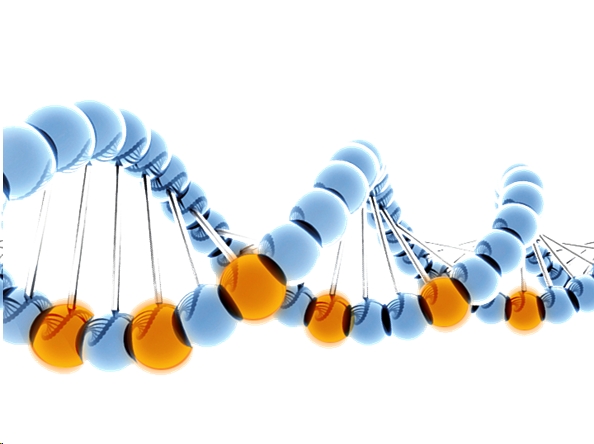Project Description
'Nothing in Biology Makes Sense Except in the Light of Evolution.'

This year we want to establish a working model that can generate a mutagenesis pool in living E.coli.
limitations of previous methods
The prevalent method of construction of DNA mutagensis library in vitro is a complicated process. Take micro-fluid based DNA synthesis as an example, it requires not only intricate procedures but also extensive timing and labor work to synthesize a mutagenesis library. We think that it will be easier if the mutagenesis can be process in vivo.
Broad literature suggested that DNA is not optimal subject as mutagenesis so we choose RNA as the subject of mutagenesis. However the instability of RNA causes difficulties to the extration and conservation of genetic information, so we turn to reverse transcription to obtain DNA derived from mutant RNA, and take DNA as the ultimate product.
Our Idea!
In our project, we aimed to provide an alternative method to the traditional mutagenesis DNA library. This method combines two key sections, the error-prone replication of RNA by Qbeta replicase and reverse transcription accompanied by retrohoming of group II intron. Research showed that Qbeta replicase has superior characters including no obvious mutation hotspots and no significant bias for transitions and transversions, which could be utlised to generate a broader mutation pool. Now that mRNA has been replicated by Qbeta replicase, the incoming step is to convert this RNA into a stable form, DNA. Mobile group II intron LI.LtrB has a retrohoming activity which the intron integrates into recipient DNA by reverse splicing and reverse transcription. In other word, RNA after error-prone replication can be integrated into recipient plasmid and then be converted into DNA.

As proof of concept, we have demonstrated that effective expression of β subunit and signs of targeting of intron. Ultimately, we expect this library to have the capacity of helping researchers screen the functions associated with specific domains of the proteins.



